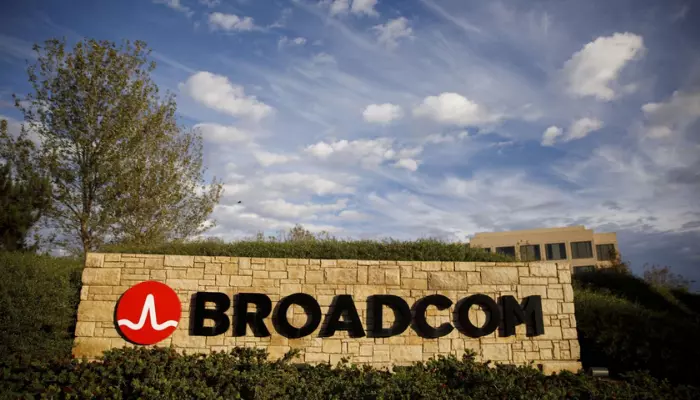
U.S. consumer prices accelerated in May, leading to the biggest annual gain in nearly 40 1/2 years, as gasoline prices hit record highs and food costs soared .
Inflation rose faster than expected last month, the Labor Department reported Friday, also reflecting a rise in rents, the largest increase since 1990. Widening and relentless price pressures are forcing Americans to change their spending habits and increasing fears of an outright recession or a period of very slow growth.
High inflation is a global phenomenon and poses a political risk as President Joe Biden and his Democrats head into November’s midterm elections. Consumer confidence fell to a record low in early June, a poll on Friday showed.
“The Fed now realizes that they are far behind the inflation curve and need to act more decisively,” said Sung Won Sohn, a professor of finance and economics at Loyola Marymount University in Los Angeles. “Stagflation is the most likely scenario for the next few years, with a recession increasingly likely.”
The CPI rose 1.0% last month after rising 0.3% in April. Economists polled by Reuters had forecast the monthly CPI would rise 0.7%.
Gasoline prices rebounded 4.1% after falling 6.1% in April. Retail prices surged in May, averaging around $4.37 a gallon, according to AAA. They flirted with $5 a gallon on Friday, suggesting monthly CPI will remain high in June.
Prices of other energy commodities have also surged in the past month. Natural gas prices rose 8.0%, the biggest gain since October 2005. Electricity bills are 1.3% more.
Grocery prices rose 1.2% and household food prices rose 1.4%, the fifth straight rise of at least 1.0%. Dairy and related product prices saw their biggest rise since July 2007. Food prices soar after Russia launched unprovoked war against Ukraine.
The CPI rose 8.6% in the 12 months to May. It was the largest annual increase since December 1981, compared with an 8.3% increase in April. Economists had hoped that the annual rate of CPI would peak in April.
Inflation has far exceeded the Fed’s 2% target and is eroding wage growth. Average hourly wages, adjusted for inflation, fell 0.6% last month.
The inflation report comes ahead of the Fed’s expected second 50 basis point rate hike next Wednesday. A handful of economists believe a 75 basis point hike is already under consideration. The Fed is expected to raise interest rates by 0.5 percentage points in July.
Economists had expected the Fed to pull back on a quarter-point rate hike in September. But underlying inflation has generally risen, and many, including Goldman Sachs, expect another 50 basis point rate hike in September. The Fed has raised interest rates by 75 basis points since March.
Stocks on Wall Street tumbled. The dollar rose against a basket of currencies. U.S. Treasury prices fell.
Wide format printing
Excluding the volatile food and energy components, the CPI rose 0.6% after rising by the same amount in April.
High rents fuel potential inflation. Owner-equivalent rent for primary residences acquired by homeowners through renting increased by 0.6%. This was the largest increase since August 1990.
Rent, the single largest expense for consumers, tends to be sticky, increasing the likelihood of a wage-price spiral. Record-high house prices are forcing many people to keep renting.
“Consumers know these cost increases won’t be reversed, fueling calls for higher wages to stay afloat,” said Ron Temple, head of U.S. equities at Lazard Asset Management in New York. “In the tightest labor market in decades, employers have no choice but to raise wages, which in turn has led to higher service sector inflation. The Fed faces a formidable challenge to break this potential wage-price spiral.”
Airfare prices rose 12.6%, while medical expenses rose 0.4%. Overall core service prices rose 0.6%. Core commodity prices rose 0.7% as used car and truck prices rebounded after falling for three straight months. New car prices rose 1.0%.
Consumers also pay more for the establishment and operation of homes and entertainment. Clothing prices rose 0.7% even as retailers held on to excess merchandise.
The hope is that shifting spending from goods to services will help lower inflation. But a tight labor market is pushing up wages and driving up prices for services. China’s zero COVID-19 policy has disrupted supply chains and kept commodity prices high.
The so-called core CPI rose 6.0% in the 12 months through May. That was followed by a 6.2% increase in April. Inflation has gradually declined, but remains above 6%.
“The strong and broad-based sequential CPI momentum suggests that inflation will slow well into the end of the year,” said Greg Daco, chief economist at EY-Parthenon in New York.
আরও জানুন:
-
-
-
-
Delta Skymiles® রিজার্ভ আমেরিকান এক্সপ্রেস কার্ড পর্যালোচনা – আরও দেখুন।
-
-
এটি আবিষ্কার করুন® পুরষ্কার কার্ড পুরস্কার দেখুন এটি কিভাবে কাজ করে


